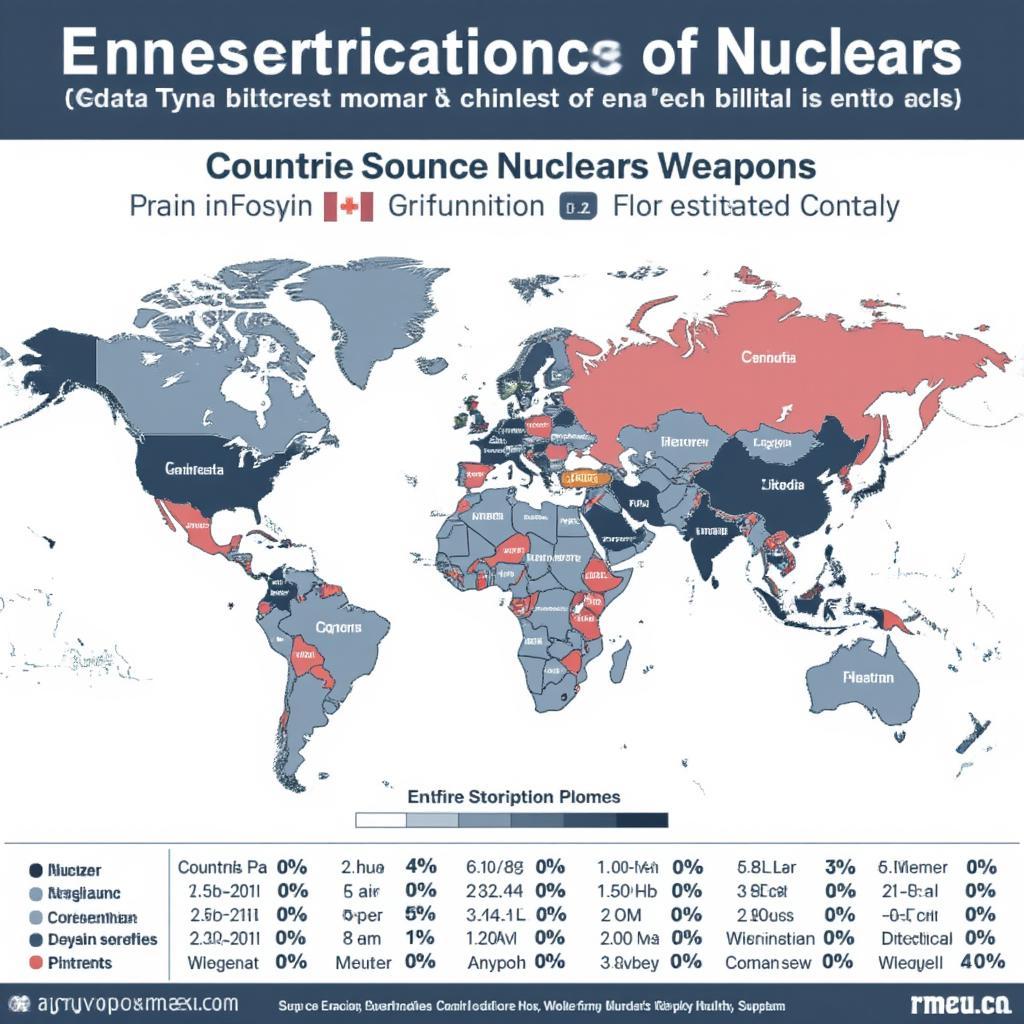World Military Ranking 2022: A Comprehensive Analysis

The global military landscape is constantly shifting, influenced by geopolitical tensions, technological advancements, and economic factors. Understanding the World Military Ranking 2022 provides crucial insights into the balance of power and potential future conflicts. This article delves into the intricacies of military strength, examining key players, emerging trends, and the methodologies used to assess military capabilities.
Factors Determining Military Strength
Assessing military strength is a complex process that goes beyond simply counting soldiers and weapons. Numerous factors contribute to a nation’s overall military capability. These factors include:
- Military Spending: A nation’s financial commitment to its armed forces is a crucial indicator of its military strength. Higher defense budgets often translate to more advanced equipment, better training, and superior logistical capabilities. However, efficient resource allocation and strategic planning also play a significant role.
- Technological Advancement: The integration of cutting-edge technologies, such as artificial intelligence, cyber warfare capabilities, and advanced weaponry, significantly impacts military power. Nations at the forefront of military innovation possess a considerable advantage.
- Manpower: While technology is crucial, the size and quality of a nation’s armed forces remain essential. Factors like training, morale, and experience contribute significantly to a military’s effectiveness.
- Geopolitical Influence: A nation’s strategic alliances, global partnerships, and geopolitical standing can significantly amplify its military strength. Strong alliances provide access to resources, intelligence sharing, and combined military operations.
- Nuclear Capabilities: Possession of nuclear weapons dramatically alters the geopolitical landscape. While their use remains a last resort, the deterrent effect of nuclear arsenals plays a significant role in global power dynamics.
Top Military Powers in 2022: An Overview
The year 2022 saw familiar names dominate the top spots in global military rankings. The United States consistently ranked first, boasting a technologically advanced military with a substantial budget and global reach.
Key Players and Emerging Trends in Global Military Power
China’s military continued its rapid modernization, investing heavily in naval and air power. Russia, despite economic challenges, maintained a formidable military force, emphasizing its nuclear arsenal and conventional ground forces. India’s military continued its steady growth, driven by border tensions and regional ambitions. Other nations, such as the United Kingdom, France, and Japan, also maintained strong military capabilities.
One emerging trend in 2022 was the increasing emphasis on cyber warfare. As nations become more reliant on digital infrastructure, the ability to disrupt or defend against cyberattacks becomes increasingly crucial. Investment in artificial intelligence and autonomous weapons systems also gained momentum, promising to revolutionize future conflicts.
Challenges to Traditional Military Rankings in the Modern Era
Traditional metrics for assessing military strength are facing increasing challenges in the modern era. The rise of non-state actors, asymmetric warfare tactics, and the blurring lines between conventional and unconventional conflict require a more nuanced understanding of military power.
How Cyber Warfare and Information Operations are Reshaping Military Power
Cyberattacks can cripple critical infrastructure, disrupt communication networks, and sow chaos within a nation, challenging traditional notions of military might. Information operations, including propaganda and disinformation campaigns, can manipulate public opinion and undermine social cohesion. These evolving forms of conflict require a reevaluation of how military power is measured and understood.
“The battlefield of the 21st century extends far beyond traditional physical domains,” says Dr. Anya Sharma, a leading expert in international security at the Institute for Global Strategic Studies. “Cyber warfare and information operations are now crucial determinants of military power, requiring nations to adapt their strategies and capabilities.”
The Future of Military Power: Predictions and Analysis
The future of military power is likely to be characterized by continued technological advancement, the growing importance of cyber and information warfare, and a shift towards multi-domain operations.
Emerging Technologies and Their Impact on Future Conflicts
Artificial intelligence, autonomous weapons systems, directed energy weapons, and hypersonic missiles are just some of the technologies that could reshape the future of warfare. These advancements will require nations to adapt their doctrines, training, and force structures.
“The integration of artificial intelligence into military systems will fundamentally alter the nature of warfare,” notes General Michael Johnson (Ret.), former Chief of Staff of the United States Army. “Decision-making processes will be accelerated, battles will be fought at unprecedented speeds, and the human element of conflict will be redefined.”

Conclusion
The world military ranking 2022 provided a snapshot of global military capabilities, highlighting the continued dominance of established powers and the rapid rise of new challengers. Understanding the factors that contribute to military strength, the evolving nature of warfare, and the impact of emerging technologies is crucial for navigating the complex global security landscape. The world military ranking 2022 serves as a valuable tool for policymakers, analysts, and citizens alike to comprehend the dynamics of power in an increasingly interconnected and volatile world.




